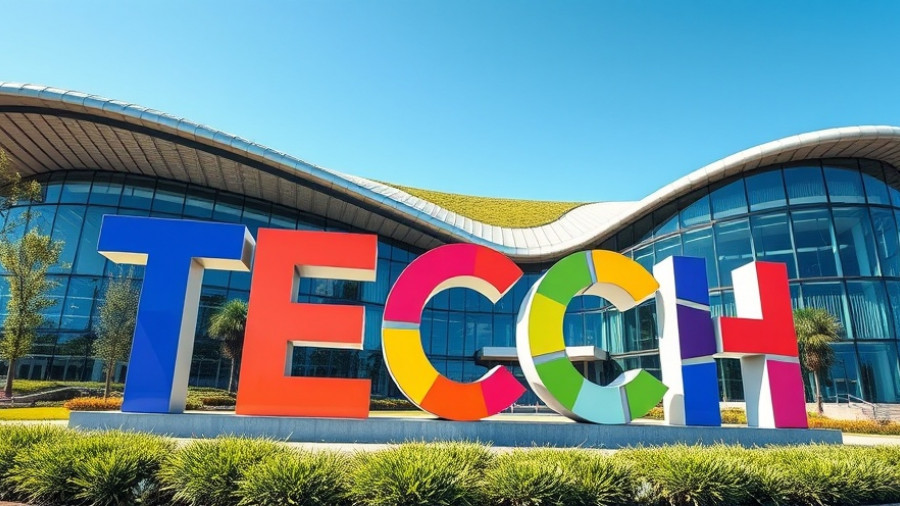
Unlock Exclusive Savings with Canon Promo Codes
This August, Canon offers unbeatable deals on a wide range of cameras and accessories, appealing not just to tech enthusiasts but also to marketing managers seeking to elevate their brand's visual story. The enticing 10% off coupon is just the tip of the iceberg; discounts reach as high as $5,000 on refurbished items, allowing professionals to enhance their toolkit without breaking the bank. So whether you're a pro photographer or a marketing manager in need of high-quality imagery, now is the perfect time to upgrade your gear.
Why Canon Cameras are a Marketing Manager's Best Friend
In the fast-paced world of marketing, the importance of quality visuals cannot be overstated. With cameras like the Canon EOS R5 featuring a 45 MP full-frame sensor and 8K RAW video capabilities, your visual content will elevate your brand’s storytelling. Additionally, lighter options such as the EOS R6 Mark II, now available at $100 off, provide affordability and capability without sacrificing quality. Investing in Canon models equips marketing managers with the tools to create stunning visuals that engage audiences.
Refurbished Cameras: Sustainable and Economical Choices
As society increasingly shifts towards sustainability, Canon's refurbished camera options align perfectly with the ethos of reducing waste. These devices, certified by Canon and accompanied by a one-year warranty, are indistinguishable from new models yet come with substantial discounts, such as $900 off the EOS R3 Body or $180 off the EOS R6 Mark II. This approach not only saves money but also speaks volumes about your brand's commitment to responsible consumption—an appealing message in today's eco-conscious marketplace.
The Canon Membership Program: Is It Worth It?
If you're serious about photography, Canon's membership program may provide exceptional value. For $100 per year, the Gold level membership offers significant discounts on repairs for up to 10 products—a smart insurance plan for professional gear. As you move up the tiers, the savings increase, allowing marketing managers to maximize annual budgets spent on maintenance and repairs. As costs for high-end equipment can soar, these memberships help keep your operations running smoothly.
Technology Trends: What to Watch for in Visual Marketing
As a marketing manager, keeping abreast of visual marketing trends is crucial. The adaptation of high-resolution video and stunning imagery in social media campaigns is more pronounced than ever. Serious players in the marketing realm are adopting cutting-edge technologies to maintain audience attention. With features like 8K video capacities coming standard in Canon’s EOS R5 and R6, marketers need to be well-equipped to engage their audiences dynamically.
Future-Proof Your Marketing Strategy with Canon
As digital marketing continues to evolve, anticipating future trends is essential. Investing in a Canon camera now, while savings are substantial, positions your marketing strategy at the forefront of visual trends for years to come. Just imagine the possibilities of combining high-resolution imagery with compelling narratives to drive brand loyalty and customer engagement. The combination of Canon’s superior technology and your creative application can set your brand apart.
Leveraging Canon Deals for Maximum Impact
To truly utilize these Canon promo codes, understanding their impact on your marketing campaigns is essential. Analyze the potential ROI of high-quality visuals backed by discounted gear—if a simple ad campaign captures 20% more audience engagement thanks to vibrant, professional imagery, the initial investment can pay off exponentially. Clarity in your goals, balanced with the tools Canon offers, can transform the effectiveness of your marketing initiatives.
In conclusion, with Canon's extensive offerings and a focus on quality, there has never been a better time to invest in top-tier photography equipment. Whether exploring the latest promo codes or considering a membership, the benefits to visual marketing strategies are manifold. Dive into these savings and now is the time to elevate your brand’s visual engagement to new heights!
 Add Row
Add Row  Add
Add 




Write A Comment